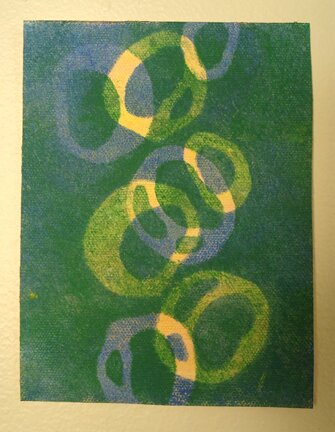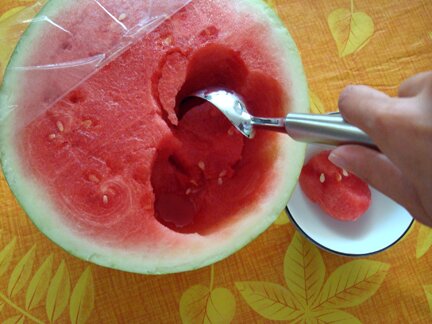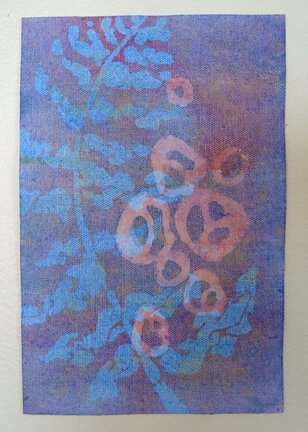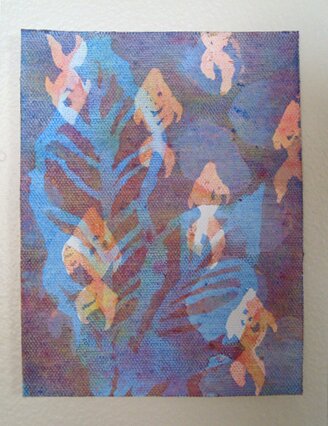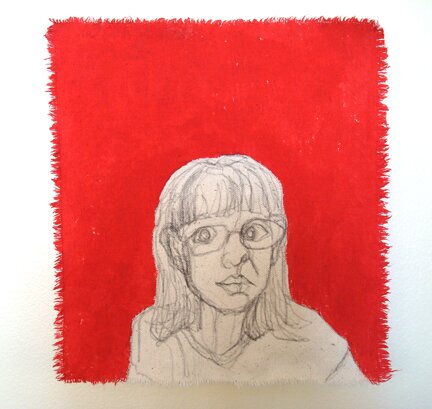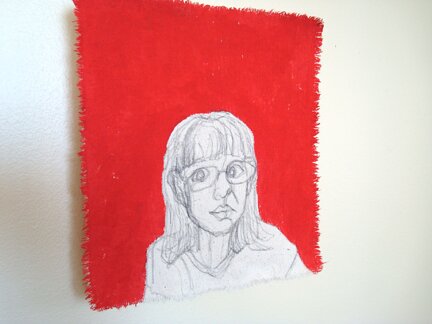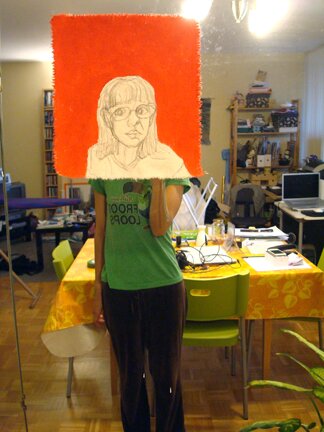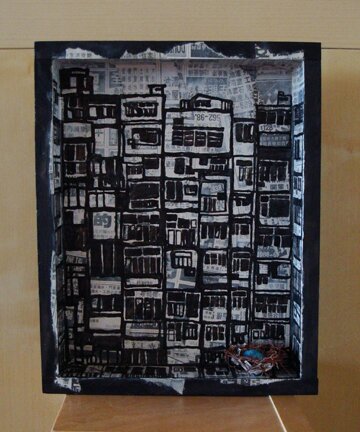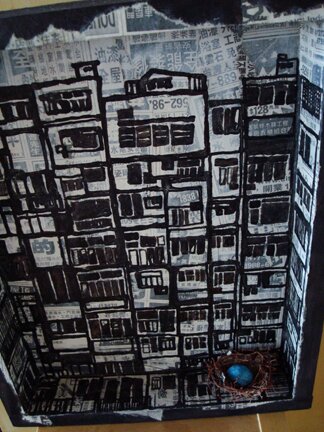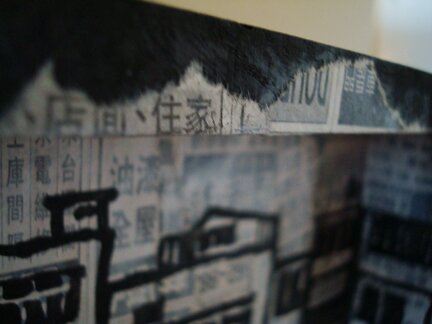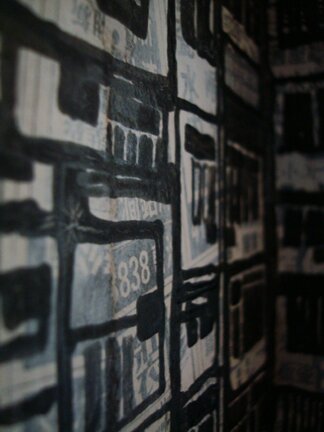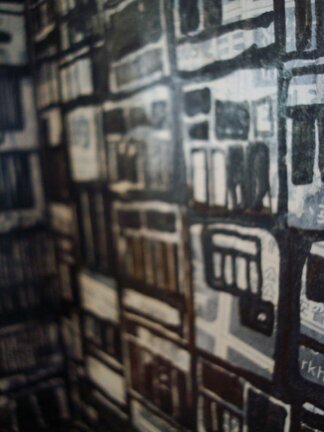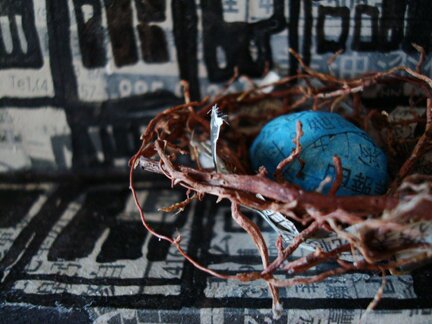You are so young, so much before all beginning, and I would like to beg you, dear Sir, as well as I can, to have patience with everything unresolved in your heart and to try to love the questions themselves as if they were locked rooms or books written in a very foreign language. Don’t search for the answers, which could not be given to you now, because you would not be able to live them. And the point is, to live everything. Live the questions now. Perhaps then, someday far in the future, you will gradually, without even noticing it, live your way into the answer.
– Letters to a Young Poet, The Fourth Letter by Rainer Maria Rilke
That was a collage I made sometimes in the summer. I made it as an example to demonstrate an idea to a group, so there wasn’t much planning or composition involved as I was making it. But I quite liked it in the end. And that’s generally how I feel about making things — I’m usually happier with what I make if the process was intuitive and more or less unplanned.Â
So I wanted to post this piece of collage today and was looking for a quote to go with it. Because I love quotes, and I have a number of quotes bookmarked from this blog, so I thought I’d share one of them today.
And I find this quote from Letters to a Young Poet (must read someday) particularly relevant to me today, because ever since I applied to return to school I’ve constantly question whether it’s a good idea. I’ve “returned” to school for a few times now, where will it lead this time? What credential will it give me and what will it get me in today’s job market?Â
As my mind is flooded with these questions about the future I lose sight of the present, of the wealth of knowledge presented to me through the course materials, the library that is thoroughly accessible to me as a student, the instructors who are brilliant and have so much experience in the field.Â
My “get it over with” attitude is making me miss out on all that learning. It’s a shame. Good thing it’s only the second week of class. I can still catch up, right?
So perhaps the part of me that likes to just get things over with and dash to the finish line can use some help from the part of me that is able to be intuitive, to proceed without a precise destination, and to be happy with being in the process.
Have a wonderful weekend, friends!

